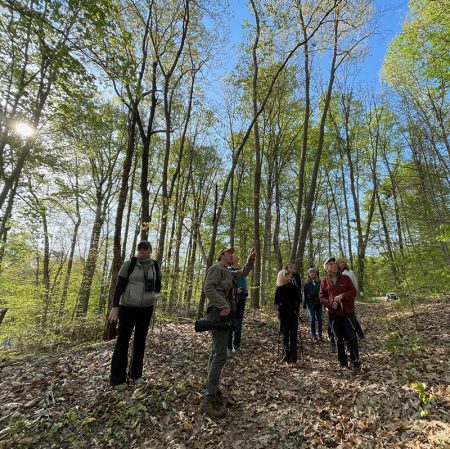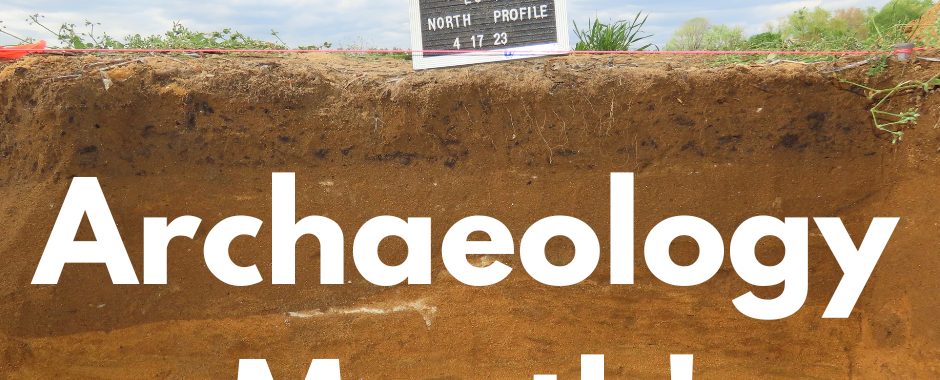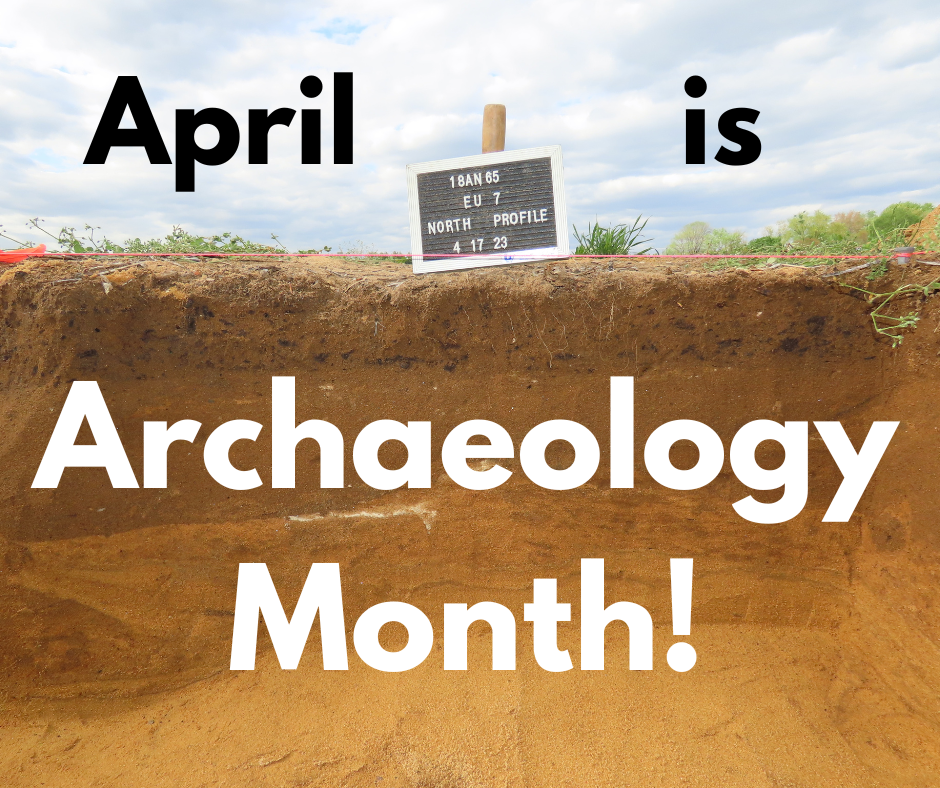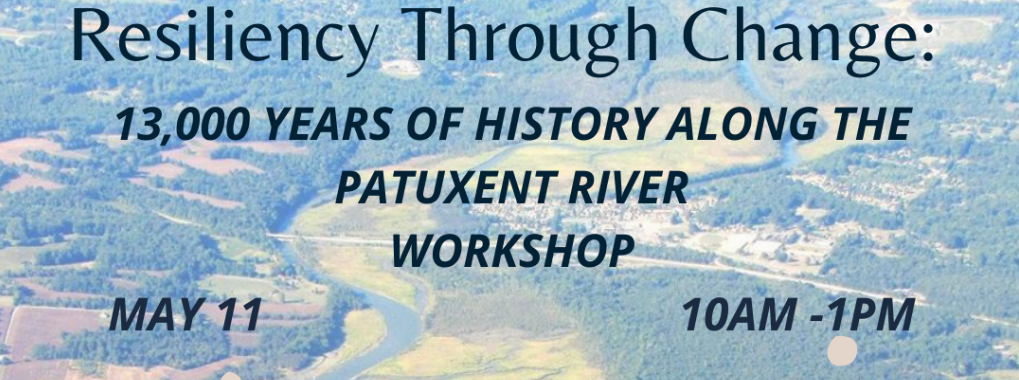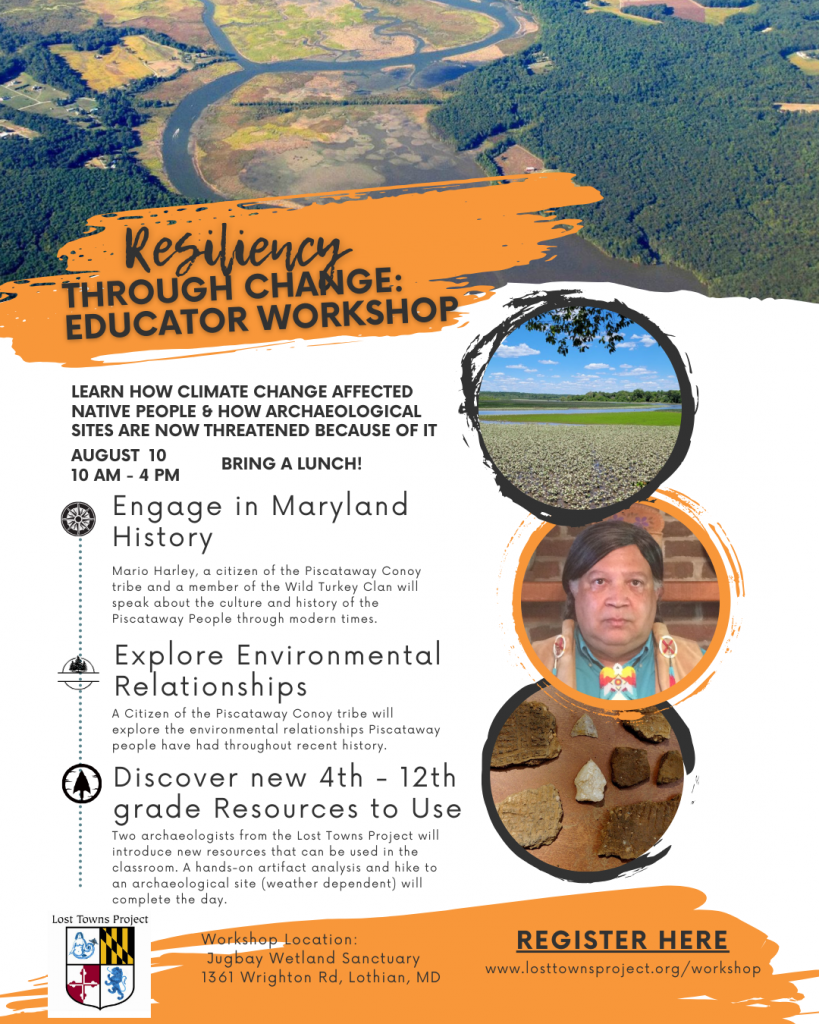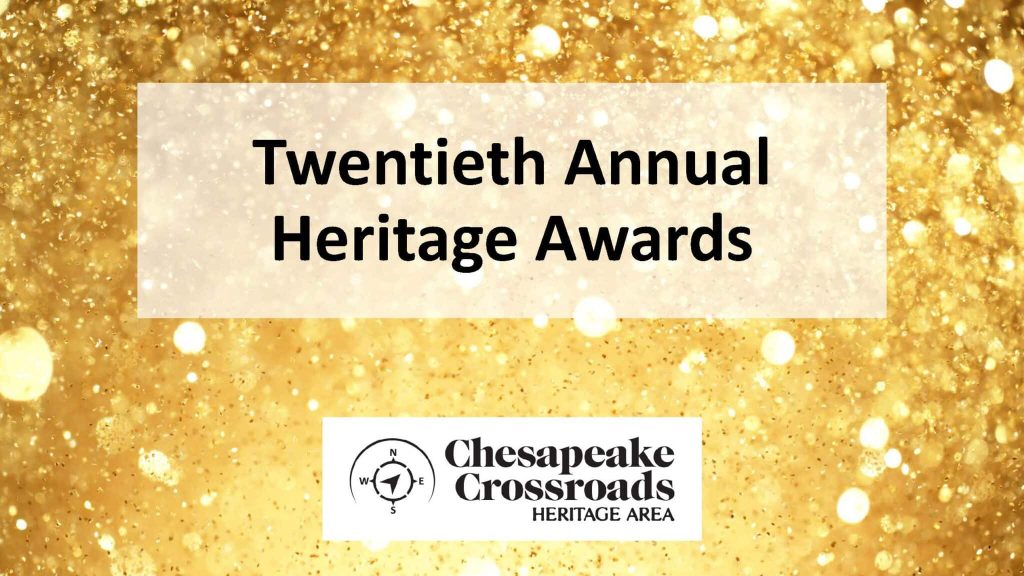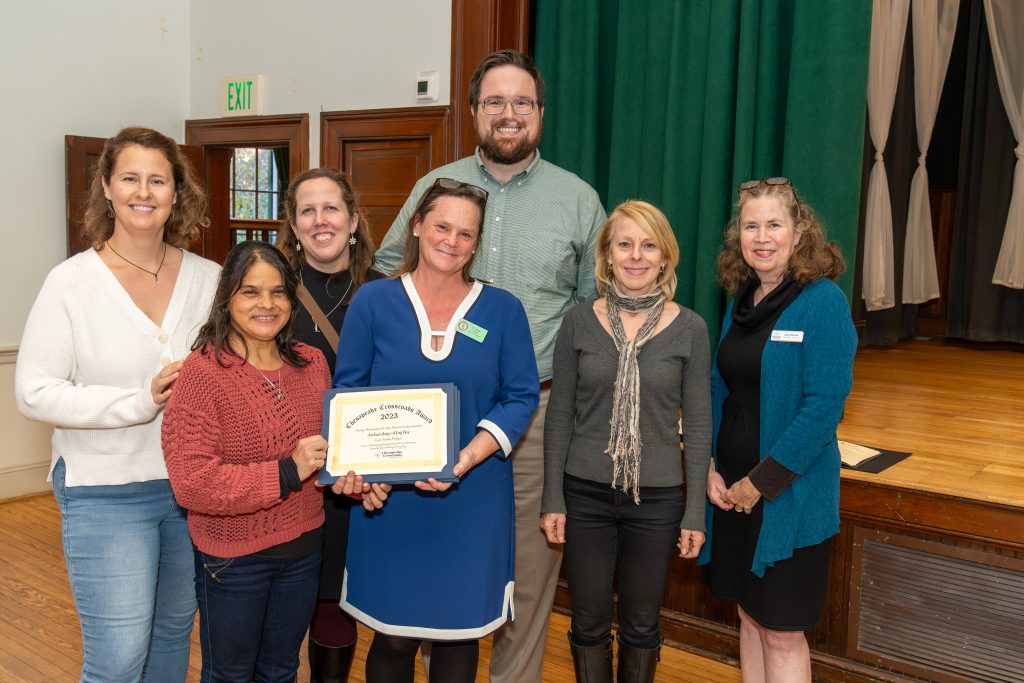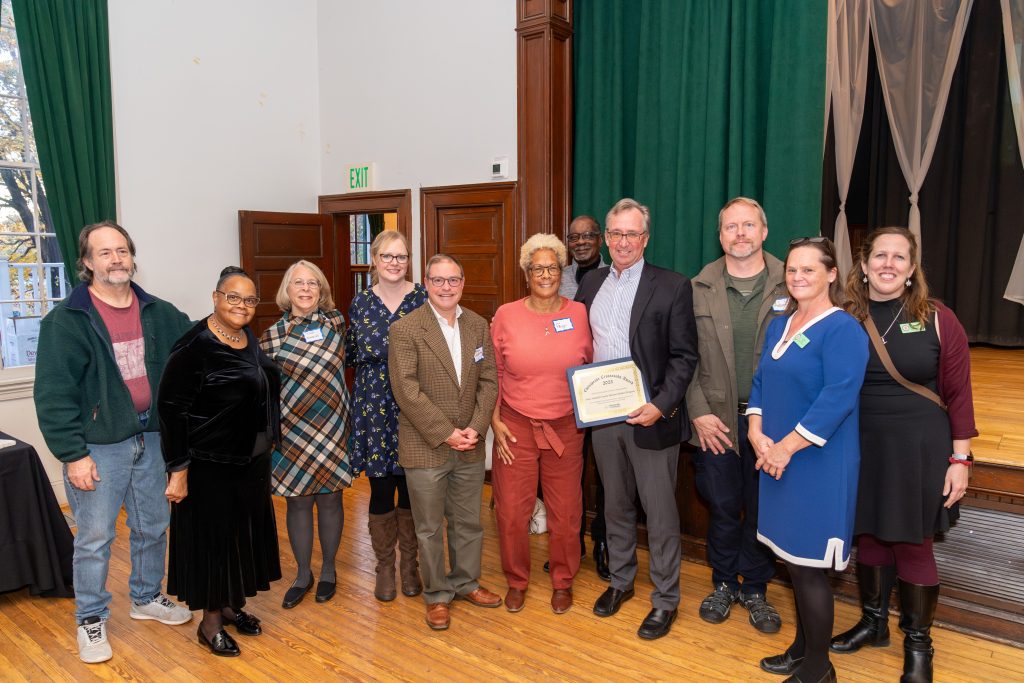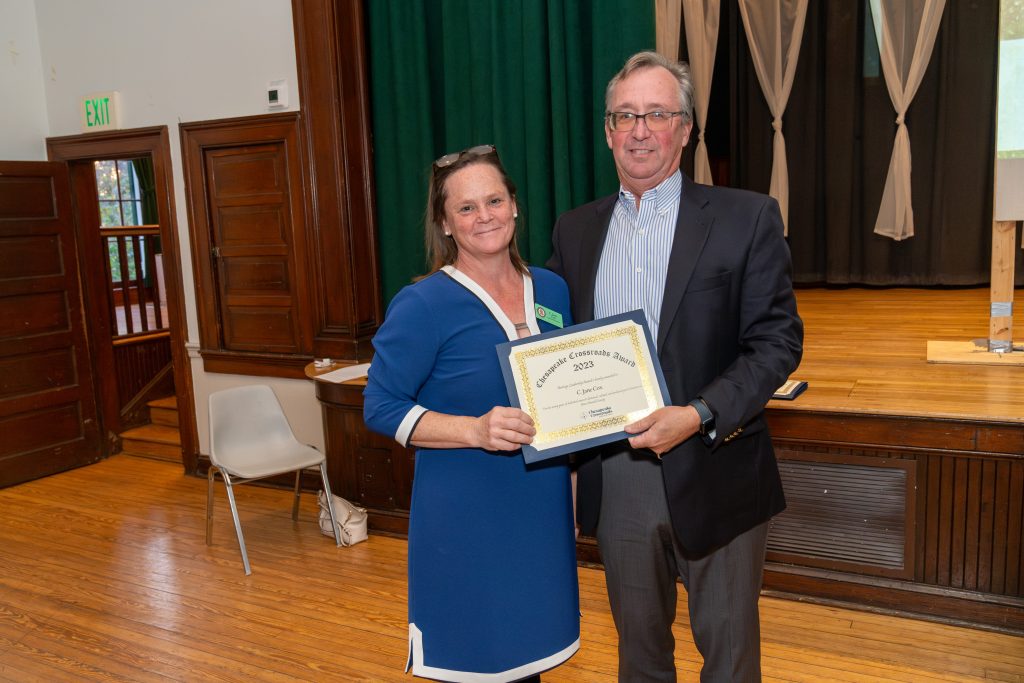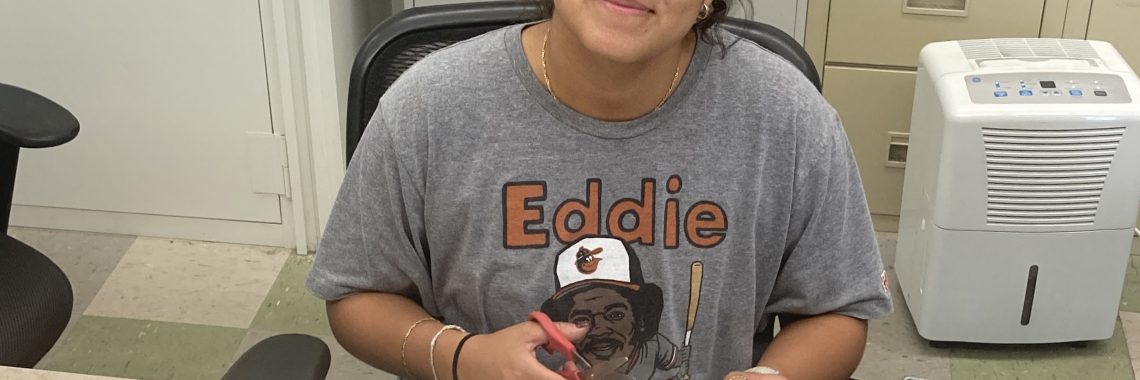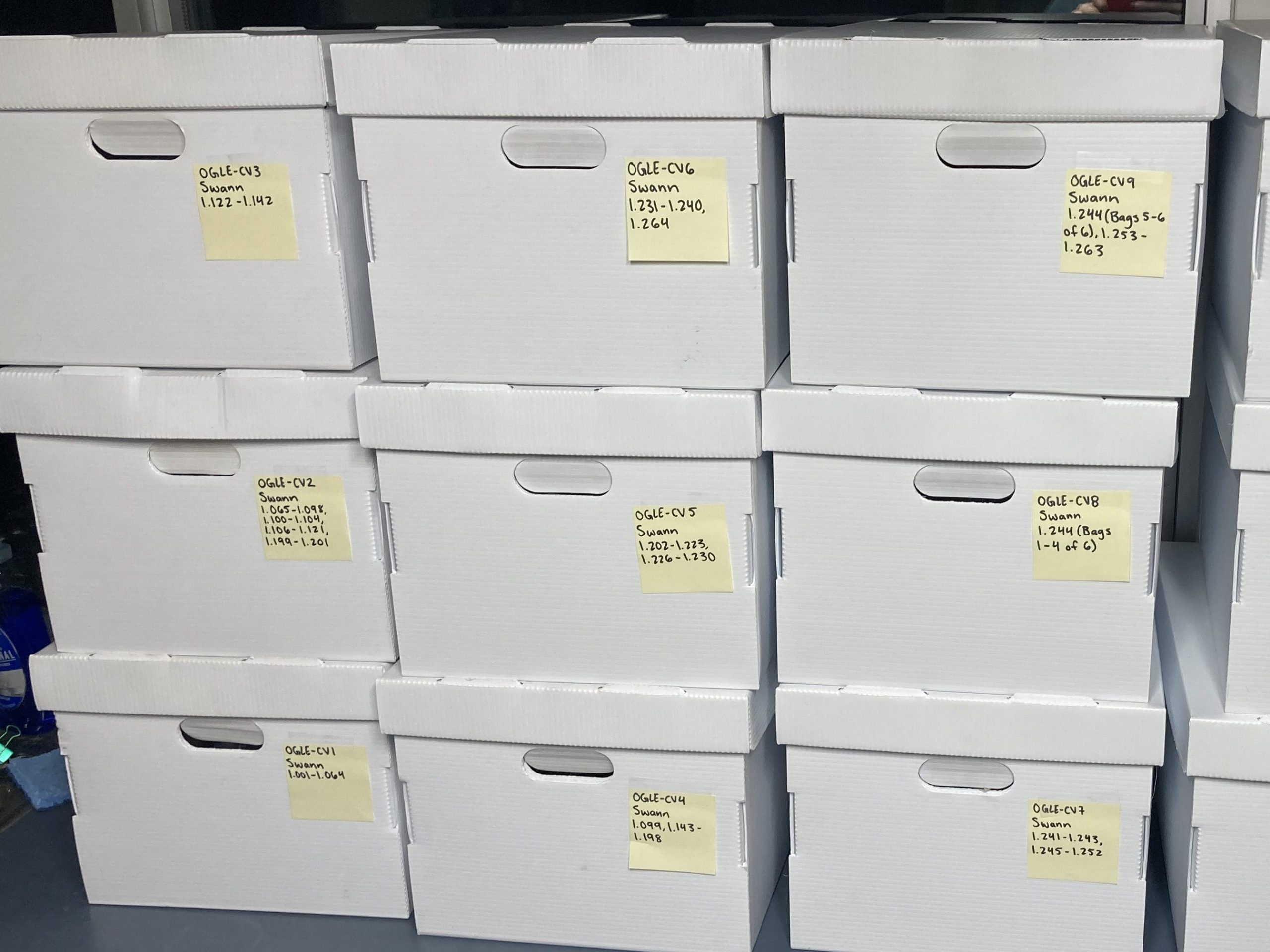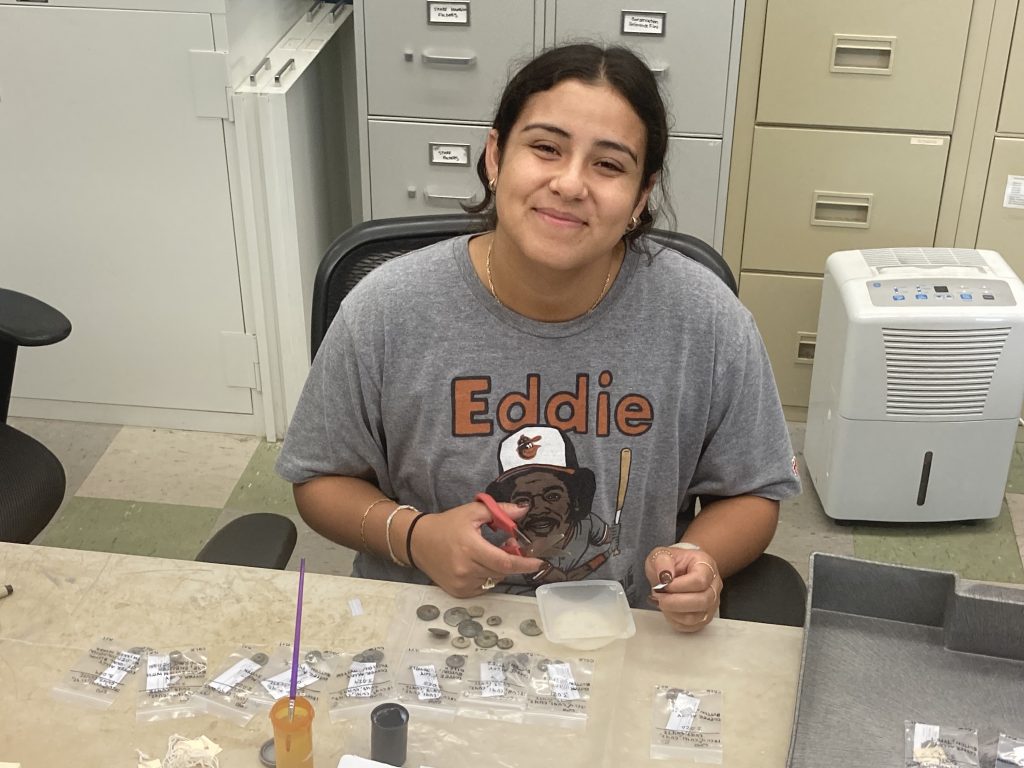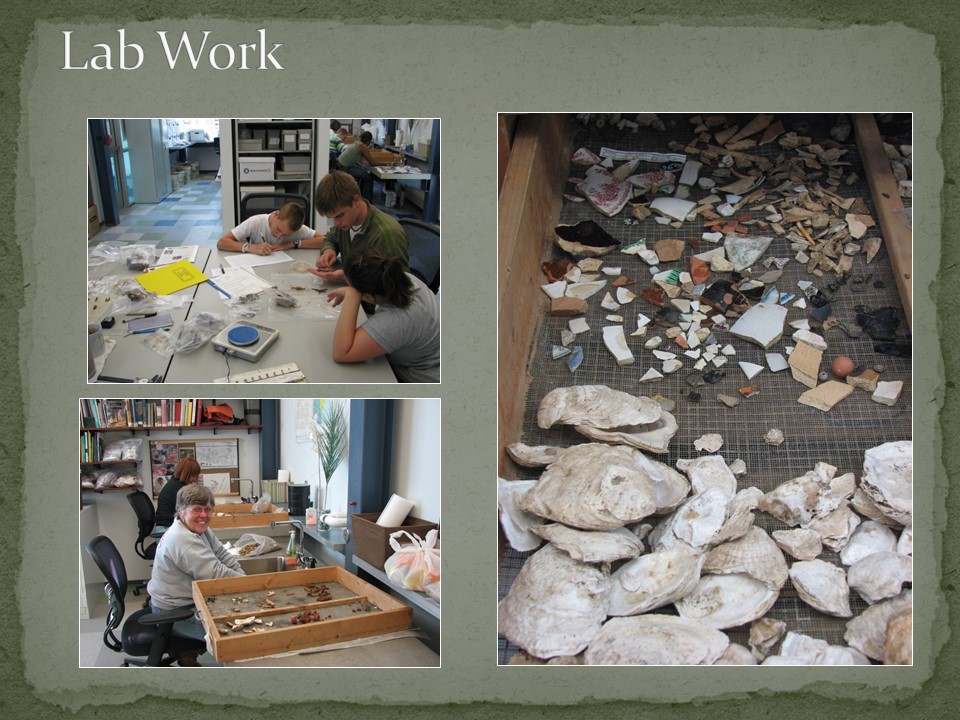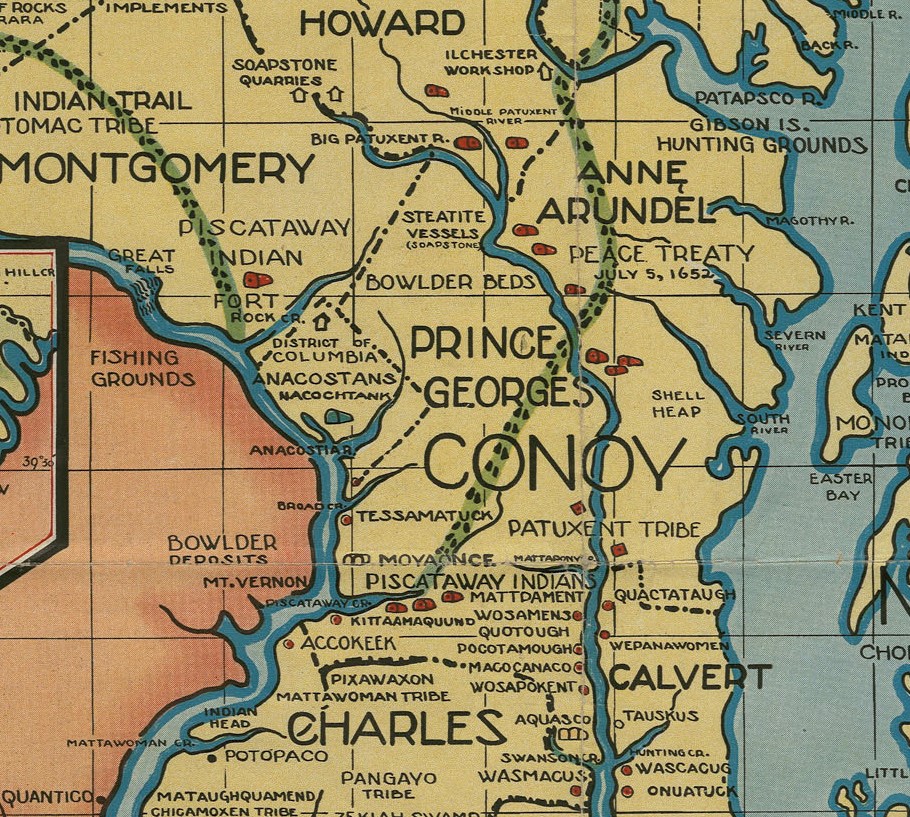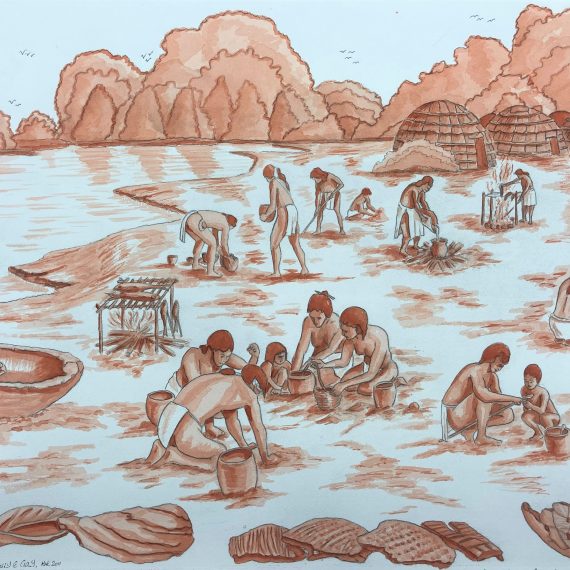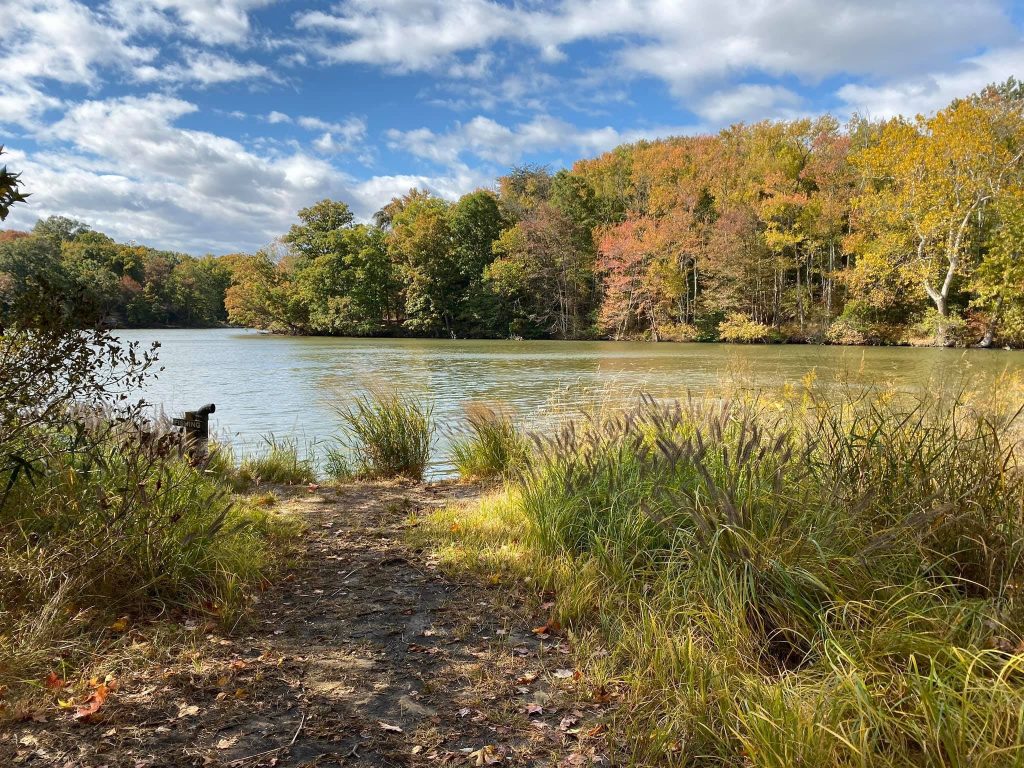Maryland Archaeology Month 2024
April is Maryland Archaeology Month! Here is how we are getting involved. Find more archaeology events across the state at marylandarcheologymonth.org.
Archaeology Lab Open House (Maryland Day Weekend)
Saturday and Sunday, March 23-24
10:00 am – 4:00 pm
Anne Arundel County Archaeology Lab
839 Londontown Rd, Edgewater, MD
Dig into local history at the Anne Arundel County Archaeology Lab! View a wide variety of artifacts from recent excavations across Anne Arundel County, from 19th-century African-American tenant farms to 13,000-year-old Native American camps.
Kids and adults can try their hand at sorting artifacts, discover educational resources about local history, and learn how to get involved in archaeological digs and labwork, right here in Anne Arundel County.
No registration is required; drop in any time between 10:00 am and 4:00 pm.
Find more Maryland Day Weekend Events at marylandday.org
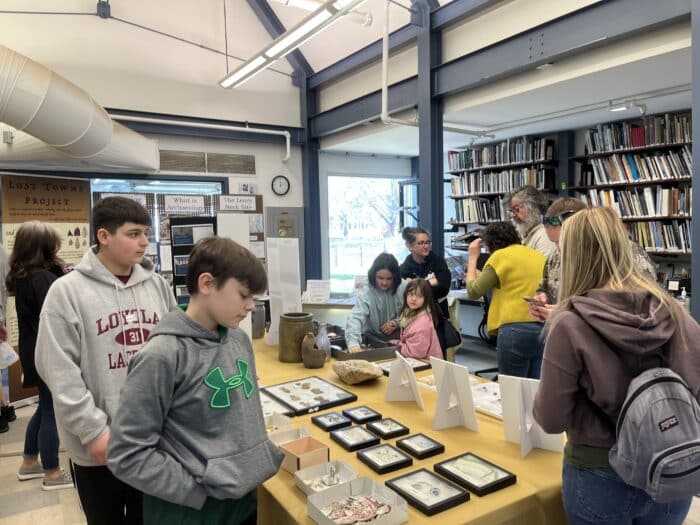
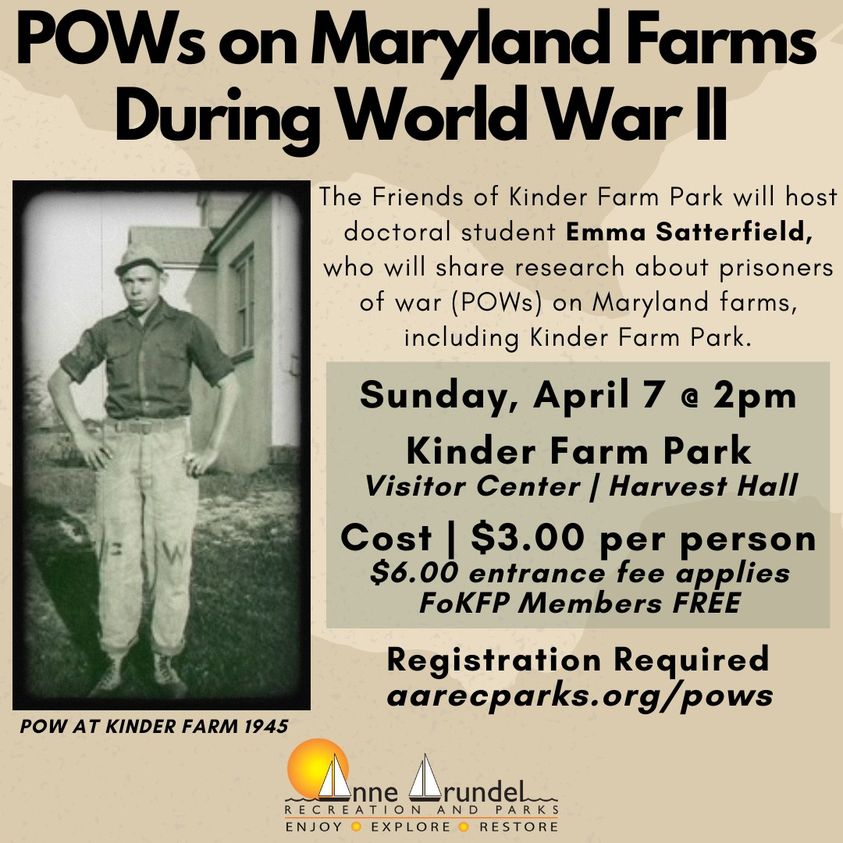
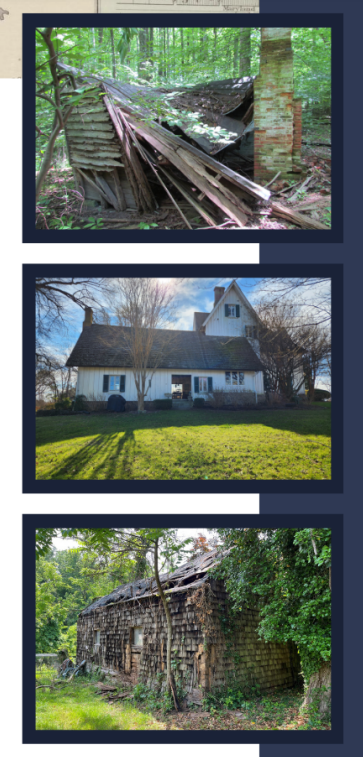
Sites of Slavery, Resistance, and Freedom in Nineteenth-Century Anne Arundel County
Tuesday, April 9th
7:00 pm
Online Lecture
Hosted by Historic Annapolis
$15 – Register here
Lisa Robbins will be presenting the findings of an 18-month study on the housing of enslaved and free-Black tenants in Anne Arundel County during the 19th century. The study will also cover the notable architectural changes that occurred during the transition period immediately after emancipation. Lisa will use several case studies from the county to demonstrate the significance of documenting and preserving these cultural resources that are disappearing.
Discovering Archaeology Day
Saturday, April 13th
11:00 am – 4:00 pm
Jefferson Patterson Park and Museum
10515 Mackall Road
St. Leonard, MD
A day of interactive learning and fun with archaeologists from across Maryland and Virginia, including hands-on activities for kids, tours, exhibits, games, giveaways, and cool crafts. Free & open to the public!
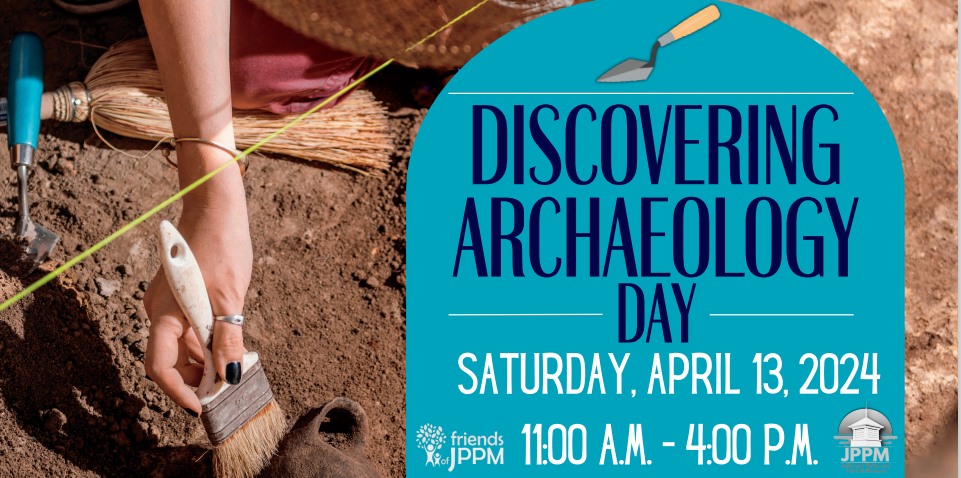
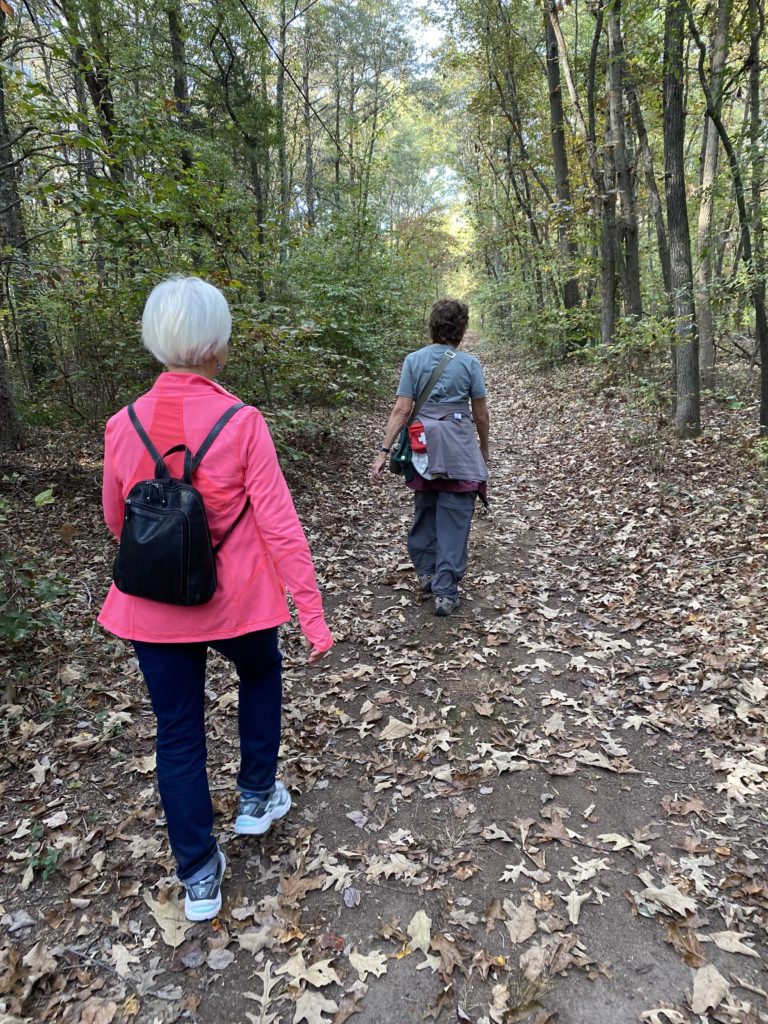
The Archaeology of Jug Bay: A Hike through History
Sunday, April 14th
10:00 am – 1:00 pm
Jug Bay Wetlands Sanctuary
1361 Wrighton Road
Lothian, MD
Join archaeologist Drew Webster, from the Anne Arundel County’s Cultural Resources Section, to celebrate Archaeology Month with a hike from the Jug Bay Visitor’s Center to the Jug Bay River Farm. Along the hike (approximately 2.5-3 miles) you will learn about the many archaeological findings and research sites ranging in occupations from 13,000 years ago to the historic period. Drew will share how these archaeological sites inform us about past ways of life for people occupying the landscape of Jug Bay. The hike will include an artifact show-and-tell.
Ages: 12 years old and up. Under 18 must be accompanied by an adult.
Fee: $10 per person, entrance fee included. More information and registration here.
Walk for the Woods
Saturday, April 27th
7:00 am – 3:00 pm
Bacon Ridge Natural Area
Farm Road Entrance
Crownsville, MD
Hosted by Scenic Rivers Land Trust.
Enjoy a day of guided hikes exploring the heart of the conserved Bacon Ridge Natural Area in Crownsville. Experts in wildlife, native plants, birds, history, archaeology, and more will be on-site and available to attendees. Plus, self-guided hike options will be offered, complete with trail maps and educational signage posted along the trails, as well as other fun educational activities.
Registration for guided hikes will open in early April. The hike schedule and link to registration will be announced on www.SRLT.org.
